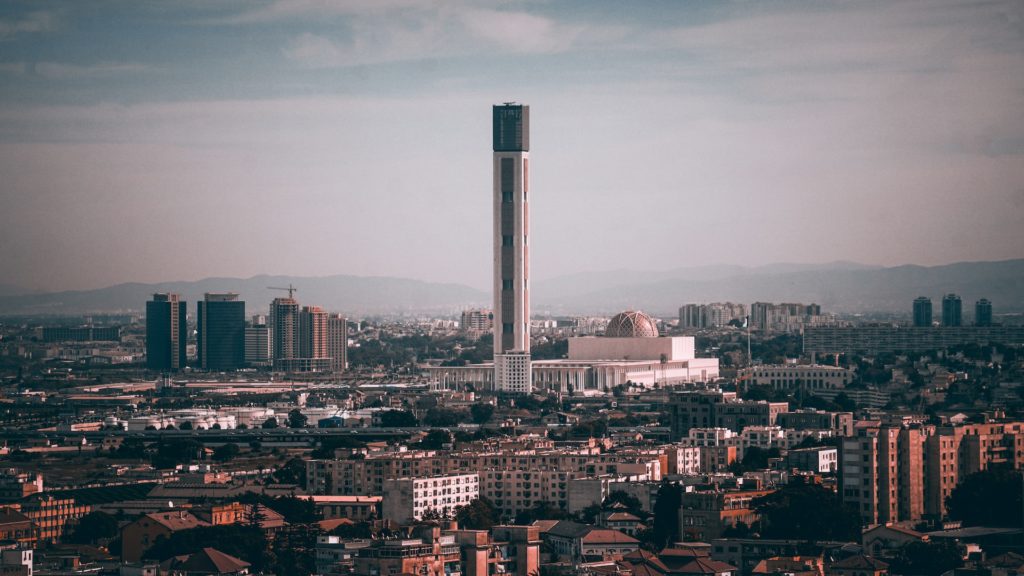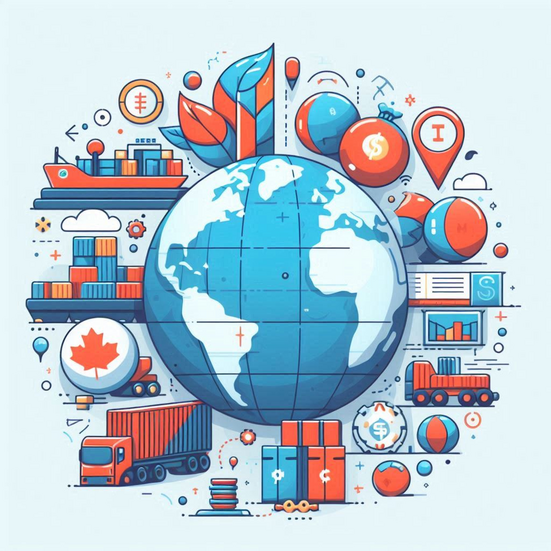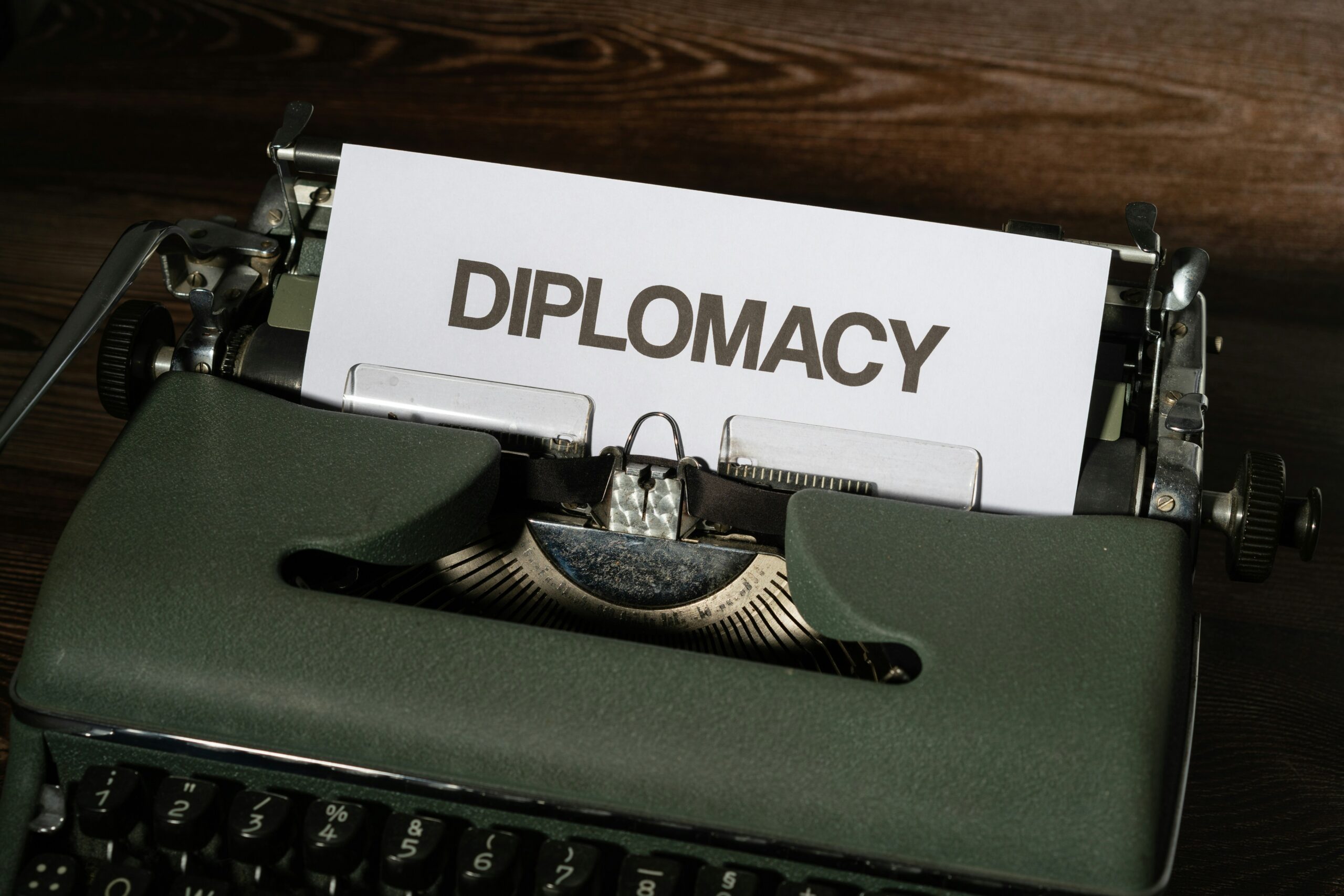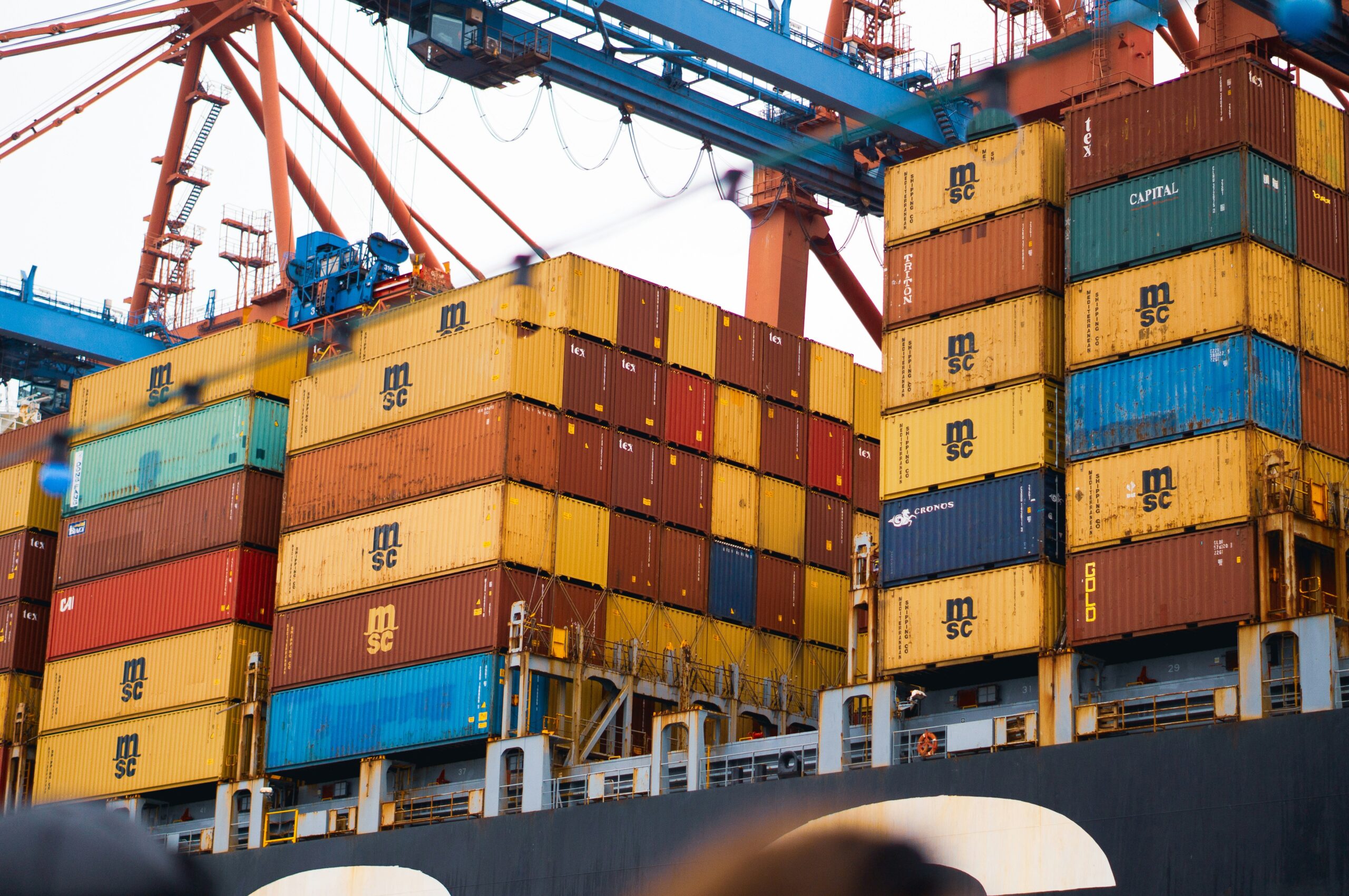Algeria, a nation on the Mediterranean coast of North Africa, exported goods worth US$37.9 billion in 2021. Comparing the expected dollar amount to $35.2 billion for 2017, there has been an increase of 7.6%.
When compared to $22.5 billion in 2020, the total value of Algerian exports increased by 68.4% annually.
Petroleum gases, crude oil, refined petroleum oils, nitrogenous fertilizers, and ammonia are Algeria’s top 5 most valuable exports in 2021. This group of five key exports from Algeria accounts for 93.8% of the country’s total export value. Algeria’s highly specialized export portfolio is demonstrated by the high percentage.

Algeria’s major trading partners
According to the most recent data from 2017, importers in Italy (16% of Algeria’s global exports), France (12.6%), Spain (11.7%), the United States (9.9%), Brazil (6%), the Netherlands (5.4%), Turkey (5.2%), the United Kingdom (4.6%), Portugal (2.7%), Belgium (2.6%), South Korea (also 2.5%), and India (also 2.5%) purchased 81.7% of Algeria’s exports here.
In terms of the entire continent, 58.2% of Algeria’s exports by value were sent to European nations, while 17.1% were sold to Asian importers. Another 11.8% of Algeria’s exports to North America were goods.
Lesser percentages went to Africa (5.3%), Oceania (0.5%), primarily Australia, and Latin America (7.2%), omitting Mexico but including the Caribbean.
With a population of 44.5 million, Algeria’s projected $37.9 billion in exports for 2021 equates to over $850 for each citizen of the northern African nation. This monetary amount exceeds the per-capita average of $500 from the previous year, 2020.
Algeria’s top 10 exports
The following export product categories will account for the bulk of Algeria’s 2021 international shipments in terms of dollar value.
- Mineral fuels including oil: US$33.4 billion (88.3% of total exports)
- Fertilizers: $1.4 billion (3.6%)
- Inorganic chemicals: $937.2 million (2.5%)
- Iron, steel: $901.3 million (2.4%)
- $323.3 million for salt, sulfur, stone, and cement (0.9 percent ).
- Sugar, sugar confectionery: $181.9 million (0.5%)
- Fruits, nuts: $142.5 million (0.4%)
- Machinery including computers: $77.1 million (0.2%)
- Organic chemicals: $59.9 million (0.2%)
- Fish: $41.6 million (0.1%)
Algeria’s top ten exports accounted for 99 percent of the total value of its international shipments.
- Iron and steel, the fastest-growing of the top ten export categories, surged by 1,573 percent between 2020 and 2021.
- With a 137.8 percent growth in export sales, inorganic chemicals ranked second.
- Algerian shipments of salt, sulfur, stone, and cement experienced the third-fastest increase in value, increasing by 120.9 percent.
- Sugar, including sugar confectionery, was the only one of Algeria’s top ten product categories to decline, decreasing by -27.6 percent year on year.
The most profitable Algerian export is petroleum gases, which account for 38.5% of all exports at the four-digit HTS code level. Crude oil (31.3%), refined petroleum oils (18.3%), nitrogenous fertilizers (3.6%), ammonia (2%), and exported Algerian iron or non-alloy steel semi-finished products (1%) were in third place.
Products creating best Algeria’s trade surpluses
Following a -$12.2 billion deficit in 2020, Algeria reported a total $2.5 billion gain for all goods traded in 2021.
The shipments of the following Algerian goods show positive net exports or a trade balance surplus. According to Investopedia, net exports are calculated as total exports less total imports for a certain nation.
In a word, net exports are the difference between domestic spending on goods and services and domestic expenditure on goods and services from abroad.
- Mineral fuels including oil: US$32.9 billion (Up by 68.4% since 2020)
- Fertilizers: $1.3 billion (Up by 61.3%)
- $796.3 million for inorganic chemicals (Up by 223.1 percent )
- $216.2 million for salt, sulfur, stone, and cement (Up by 412.4 percent )- Iron, steel: $149.5 million (Reversing a -$1.1 billion deficit)
- Cork, cork articles: $12.4 million (Up by 55.9 percent )
- Raw hides, skins not furskins, leather: $9.5 million (Up by 36.4%)
- Lead: $7.7 million (Reversing a -$248,000 deficit)
- Wool: $3.3 million (Up by 1105.5%)
- Fish: $1.1 million (Reversing a -$5.6 million deficit)



